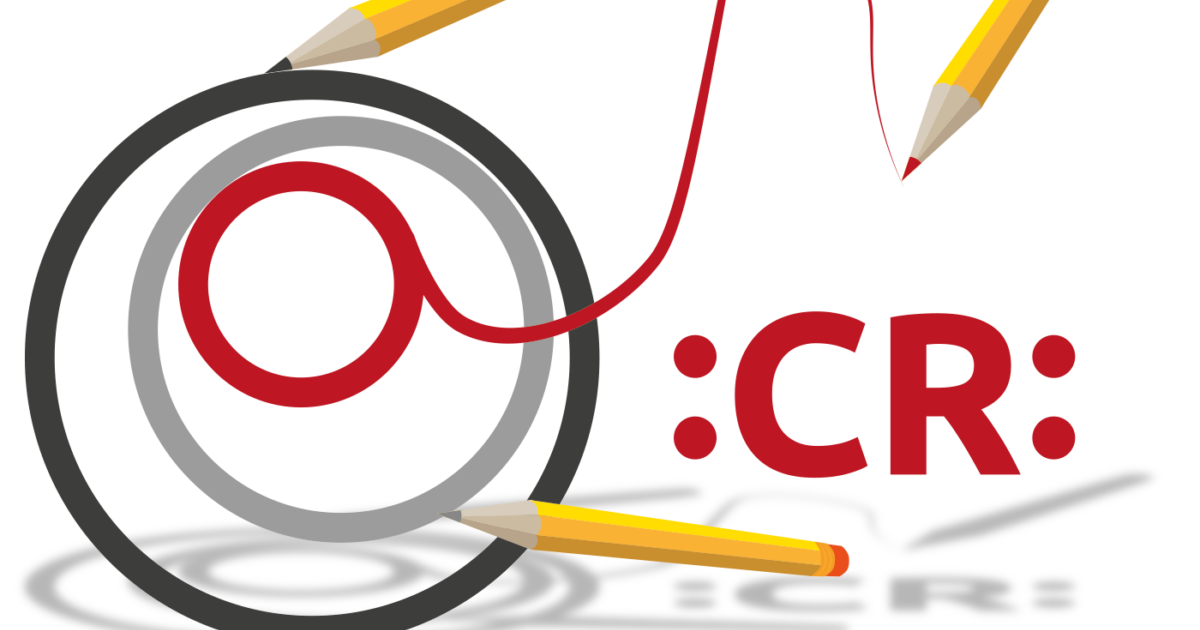Dancing on the edge might be exciting and adventurous. But when it comes to getting things stable, a step back from the ledge let’s you see the details, which gave the stability we needed.
With a contract pharmaceutical manufacturing company in Sweden we had to solve a problem of major importance – in collaboration with the company and their client. The answer to the problem in the production was found in a classical phase diagram and the solution turned out to be beautifully simple.
THE PROBLEM
What worked in the lab did not in the pilot. When the process was scaled up from lab to pilot everything seemed all right the first liters of production… but there after the tapped liquid product couldn’t stand any stability tests. The first liters were stable, the others phase separated.
OUR SOLUTION
We went into detail both what concerned the production factors; the mixing order, stirring, timings, linings but also concerning the ingredients and their proportions. Our key question was – how delicate was the formulation? Could it be that the proportions used were close to a phase-border and if so, could we formulate it with a better margin? The answer to both questions: YES!
TECHNIQUES USED
Of main importance was the classical phase study where we observed many samples by eye. The solvent concentrations in samples from production were analyzed by Carl Fisher titration and HPLC. In addition to this we developed an innovative way of analyzing NMR data. With this, we could pinpoint the phase border where the samples were destabilized. Thereby, our client new exactly where the danger was and could adjust the formulation accordingly instead of with “an extra margin” – something that would be both costly and with a result potentially close to another danger…


